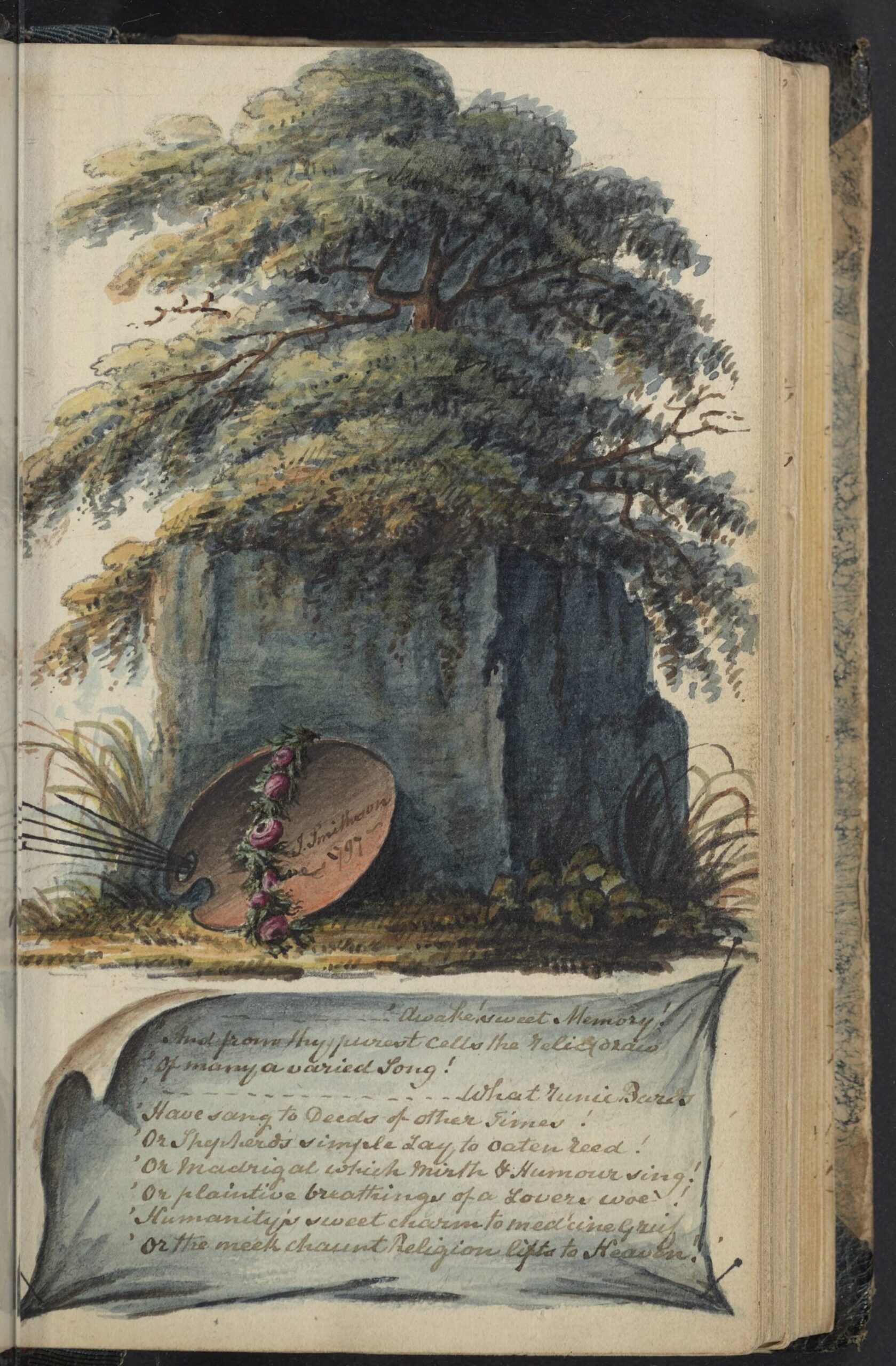
Every literary household in nineteenth-century Britain had a commonplace book, scrapbook, or album. Coleridge called his collection “Fly-Catchers”, while George Eliot referred to one of her commonplace books as a “Quarry,” and Michael Faraday kept quotations in his “Philosophical Miscellany.” Nevertheless, the nineteenth-century commonplace book, along with associated traditions like the scrapbook and album, remain under-studied. This book tells the story of how technological and social changes altered methods for gathering, storing, and organizing information in nineteenth-century Britain. As the commonplace book moved out of the schoolroom and into the home, it took on elements of the friendship album. At the same time, the explosion of print allowed readers to cheaply cut-and-paste extractions rather than copying out quotations by hand. Built on the evidence of over 300 manuscripts, this volume unearths the composition practices of well-known writers such as Samuel Taylor Coleridge, Sir Walter Scott, George Eliot, and Alfred Lord Tennyson, and their less well-known contemporaries.
Articles & Book Chapters
British Commonplace Readers, 1706-1879 (Edinburgh University Press, 2020)
“Dans l’album de Madame Constance Wilde”: Female Sociality and the Lady’s Album in Fin-de-Siècle England (Nineteenth-Century Gender Studies, 2019)
The Scholar’s Scrapbook: Reading Shakespeare in the Nineteenth Century (Book History, 2018)
Reframing Poetry: The Romantic Essay and the Prospects of Verse (European Romantic Review, 2013)
Coleridge’s Fly-Catchers: Adapting Commonplace-Book Form (Journal of The History of Ideas, 2012)
‘This Living Hand’: Commonplacing Keats (The Keats-Shelley Review, 2009)


